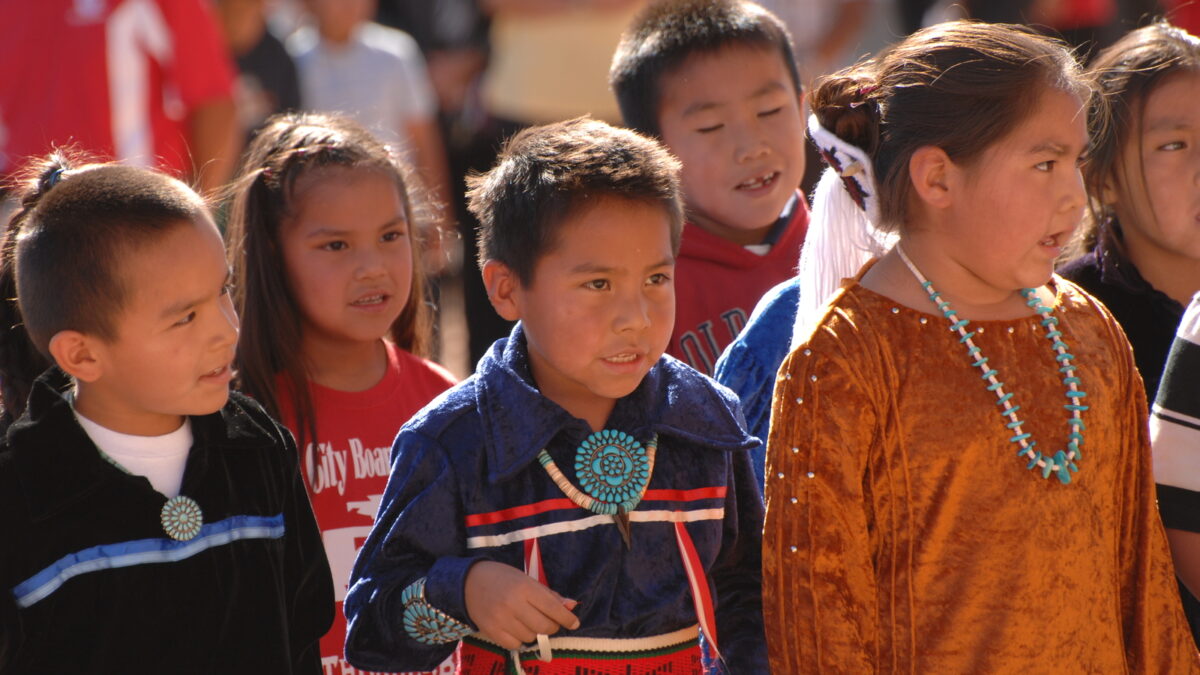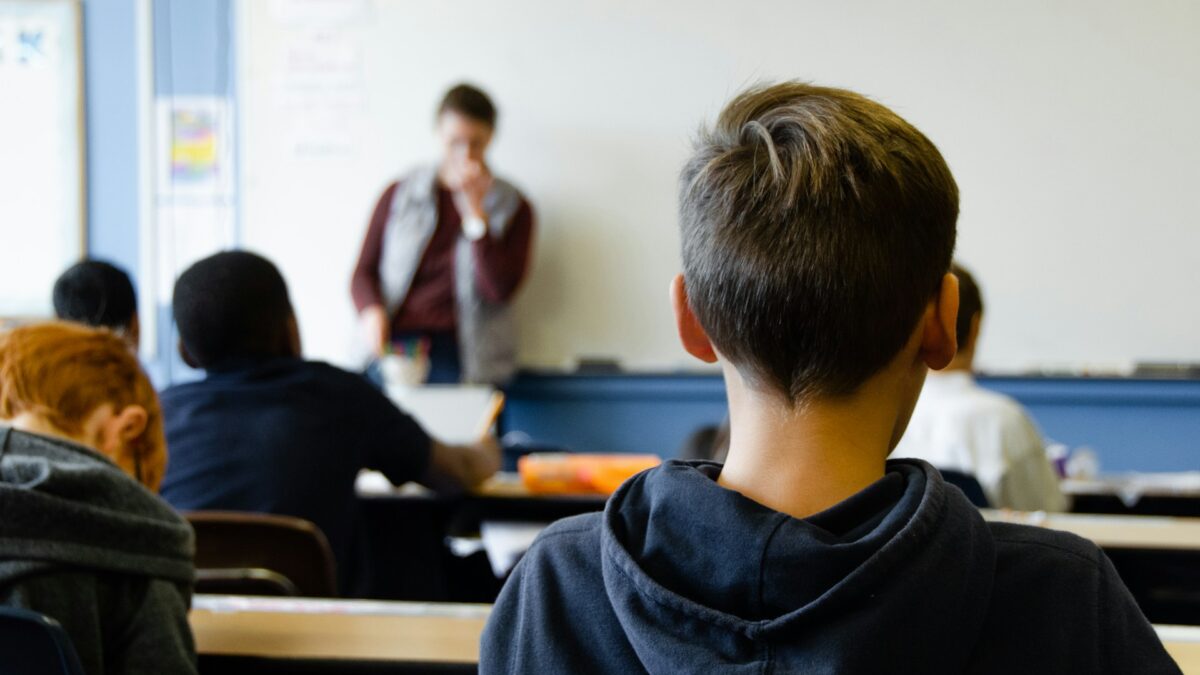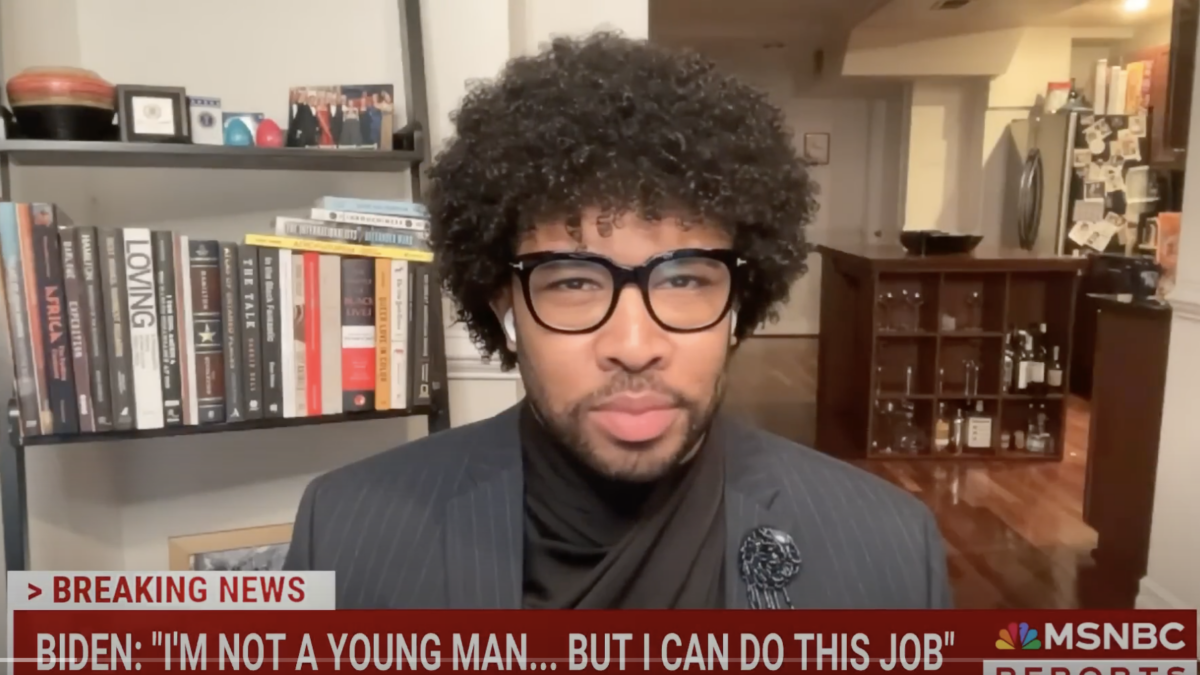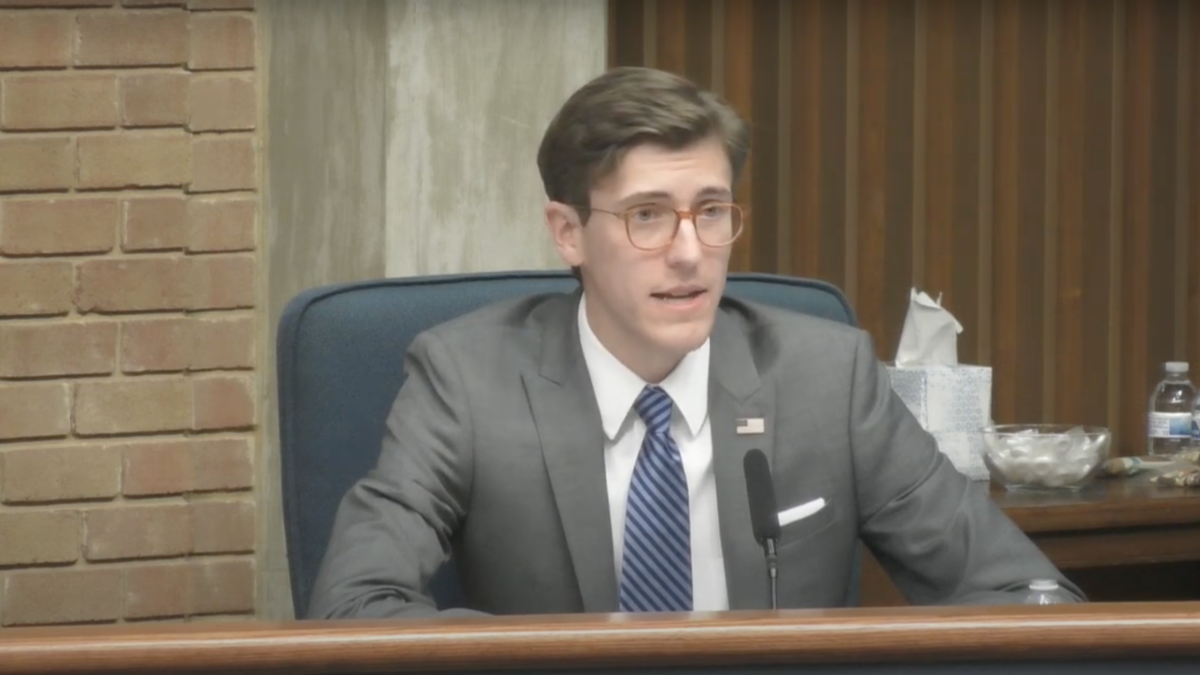The fall semester is getting underway and with it comes a de facto residential school system for Native American college students in Oregon with all the costs, none of the benefits, and many new harms.
In May, Oregon Gov. Kate Brown announced free college, including housing, for all students who claim American Indian ancestry in the state. Under the Oregon Tribal Student Grant program, the students will get free tuition, housing, books, and “other costs not covered by other grants” for both undergraduate and graduate studies at public and some private colleges and universities in the state.
Michigan and Montana already offer free tuition to Native American students, along with a handful of public universities, notably the University of California system. But Oregon is the first state to go all-in with wrap-around costs for housing and incidentals. Oregon taxpayers are on the hook for $19 million for the program’s first year, or $27,000 per student for the expected 700 enrollees (450 have applied so far). Brown wants it to be a “model” for the whole country and has asked for two more years of funding.
Revisionist History of Indian Residental Schools
The changes are a response to the moral panic that gripped the American left in 2021 when false claims of “unmarked graves” at Canada’s former Indian residential schools were made. That prompted Interior Secretary Deb Haaland to launch a review of the 408 original Indian residential schools (including nine in Oregon) that existed in the U.S., most of which closed a century ago.
The resulting report charged that the schools inflicted “intergenerational trauma” on today’s Native Americans. Democratically-controlled federal and state governments have been scrambling to assuage their guilt ever since. In the process, they are inflicting real harm on students who identify as Native American and are sticking taxpayers with wasteful open-ended entitlements.
For their time and place, the Indian residential schools in both Canada and the United States were appropriate interventions to bring American Indian youth out of tribal society and into the modern world. They were also enormously popular with their parents. Paying the full costs made sense back then to get the students into the educational system.
Today, the Department of the Interior still funds 183 residential and non-residential Indian schools at the K-12 level, mostly tribe-operated. The department indignantly maintains that “in sharp contrast to the policies of the past, these schools aim to provide a quality education to students from across Indian Country and to empower Indigenous youth to better themselves and their communities.”
The data suggest otherwise. The tribal schools are longhouses of failure. They cost 60 percent more per student than average public schools and are rife with miseducation, absenteeism, tribal rent-seeking, and anti-American indoctrination.
Failing Up
Nonetheless, Oregon is extending this K-12 failure into higher education. There are already 34 government-funded tribal colleges and universities in the nation that Native American students pay little or nothing to attend. Average graduation rates were an abysmal 26 percent in 2019, according to Department of Education data, a bracing achievement given that the institutions are pre-committed to graduating any student with a pulse. Median earnings three years after graduation, meanwhile, are only $25,000, over a third lower than for American college graduates as a whole.
It is an old adage that anything that is free is not worth having. It’s particularly true in college education, where students must be highly motivated and internally directed to plan for, choose, excel in, and then make good use of their credentials.
Non-native college students should thank their lucky stars that Democrats are not trying to impose similar systems on them, even though a 2021 analysis in Oregon found embarrassingly that white students face the same challenges of paying for college as Indian students in the state. This makes a mockery of the state’s claim that such a race-based program is needed for “eliminating college affordability barriers” for Native American students.
The Oregon program will no doubt boost the “output” metric of Native Americans showing up on campus. That might have been a reasonable assumption for the old Indian residential grade schools but not for higher education in modern society. Native American students should be ready to join other citizens in saving for, paying for, and rationally calculating the costs and benefits of their own college educations. This includes valuing it and putting efforts into it precisely because one is paying for it.
The $9,000 gap in annual income between white and Native American bachelor’s degree holders in Oregon 10 years after graduation — mainly driven by degree choices, academic performance, later job choices, and of course job performance but which Democrats reductively attribute to “racism” — is certain to widen under this program.
When Leftists Put Equity Over Quality
The universities, meanwhile, are promising to compound the harm by delivering to the Native American students not the latest cutting-edge knowledge presented in an atmosphere of vigorous debate, but degraded woke education tailored for native students who are presumably not smart or resilient enough to survive in modern society. Portland State University president Stephen Percy promised “to create a welcoming educational environment for Indigenous students” through “the emerging integration of Indigenous knowledge and focus across many of our programs.”
If the universities do not go far enough, native radicals will push them anyways. “We still have the heavy work of when you get inside the institution… because these institutions do not mirror our indigenous culture,” a tribal member who is a professor at Portland State University told local television in May. In this view, the students are “decolonizing” the public institutions that should by rights be controlled by them anyways since they sit on “stolen land”, a farcical claim that every Oregon public college and university now accepts with an official land acknowledgment.
Gov. Brown was surely correct in May when she promised that the new system would “profoundly impact the future of Oregon’s tribal students.” If she had bothered for a moment to take off her “equity lens” and put on instead an “individual responsibility and freedom” lens, she would realize how profoundly negative this impact will be.
The program will create a victim mentality in de facto college school systems whose inter-generational trauma will be sure to keep those students failing and resentful of their failure. This will generate sub-standard outcomes for those students, thus providing further “evidence” of marginalization, systemic racism, and the need for equity-based special needs programs. This is called a perpetual motion machine, which while impossible in physics is entirely possible in politics.
As the Oregon model spreads to other states, Americans of goodwill who actually care about better outcomes for Native American youth should work with their state representatives to ensure that such new residential dependency programs are defunded.









